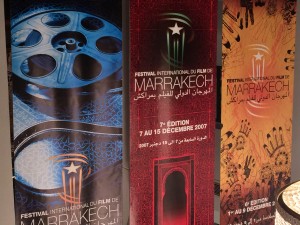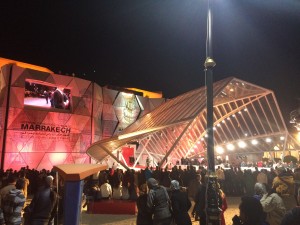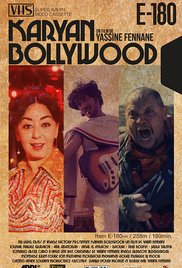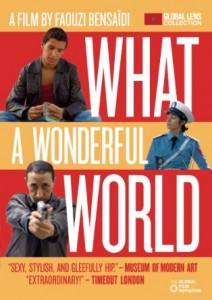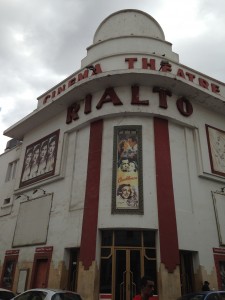Mon arrivée à Londres s’est déroulé sans problème. J’ai eu un petit coup de stress au début pour trouver un logement. Mais une fois que je l’ai trouvé, j’ai pu enfin commencer à profiter de ce qu’offre la ville, et j’ai pu visité la London Film School et rencontrer les responsables ainsi que d’autres personnes.

J’ai pu rencontré la productrice et réalisatrice Nicola Gibson, et j’ai également assisté à ses conférences en production à la London Film School dans le cadre des projets documentaires des étudiants.
J’ai assisté à un cour de camera operating pour les tournages documentaire de Joy Dyer. Lors de la séance j’ai partagé avec lui et ses étudiants mon expérience des problèmes que j’ai pu rencontré quand je tournais. Surtout dans les tournages en plein désert, et avec des températures assez élevées.
J’ai également rencontré la responsable de production à la London Film School, Sue Austen. Nous avons discuté et elle m’a expliqué un peu les cours de production qu’elle va donner vers fin de février. Des cours auxquels j’ai hâte d’assister pour en apprendre plus sur la production.
Je suis actuellement en développement d’un documentaire que j’ai envie de tourner ici à Londres. Je pense que cela va être une expérience très enrichissante pour moi de faire un tournage dans un autre pays. J’ai trouvé mon sujet et j’ai commencé à faire des recherches et me documenter plus à ce niveau. Puis je suis allée rencontrer des personnes susceptibles ou non de faire partie de cette aventure. Ma recherche des personnes intéressantes pour mon sujet est toujours en cours.
